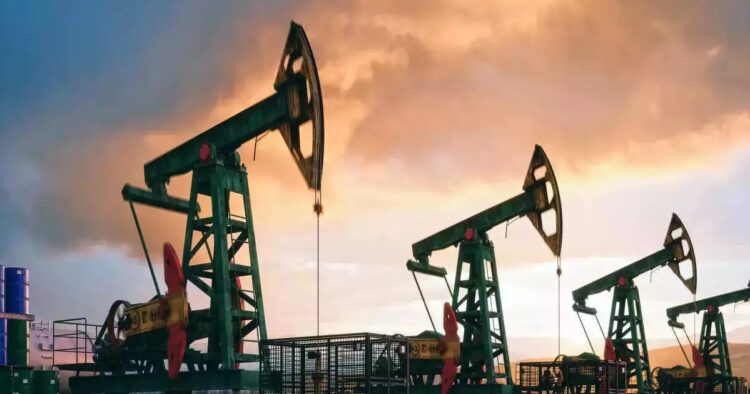During the second edition of India Energy Week 2024 held in Goa, the International Energy Agency (IEA) made a groundbreaking announcement. They unveiled their latest report titled “Indian Oil Market Outlook to 2030.” The report predicts that Bharat will become the largest source of global oil demand growth by 2030, marking a significant change in the global oil market dynamics.
The IEA report points out several factors contributing to Bharat’s pivotal role in driving global oil demand growth. These include urbanization, industrialization, and the rising prosperity of the middle class. Bharat’s robust economic growth, along with demographic trends and increased aspirations for mobility and tourism, are expected to fuel the expansion of oil demand in the country over the next decade.
According to the projections in the report, Bharat’s oil demand is anticipated to rise by almost 1.2 million barrels per day (mb/d) by 2030, representing more than one-third of the projected global gains of 3.2 mb/d. This surge in demand is expected to push Bharat’s total oil consumption to 6.6 mb/d by 2030, solidifying its position as a significant player in the global oil market.
The primary driver of Bharat’s oil demand growth, as identified in the report, is diesel/gasoil, which is expected to account for nearly half of the nation’s demand increase and more than one-sixth of total global oil demand growth through 2030. Additionally, jet-kerosene demand is anticipated to experience strong growth, albeit from a relatively low base, while gasoline demand will see moderate growth due to the electrification of India’s vehicle fleet.
The report also emphasizes the crucial role of liquefied petroleum gas (LPG) in India’s oil demand growth, driven primarily by investments in the petrochemical industry and clean cooking initiatives. Bharat’s progress in expanding access to clean cooking programs, particularly in rural areas, has led to a significant increase in LPG imports over the past decade, with expectations of continued growth through 2030.
In response to the escalating oil demand, Indian oil companies are increasing investments in the refining sector to meet domestic consumption needs. The report reveals plans to add 1 mb/d of new refinery distillation capacity over the next seven years, surpassing any other country in the world outside of China. Additionally, several large-scale refinery projects are being considered, potentially further enhancing India’s refining capacity.
Furthermore, the report highlights the role of electric vehicles (EVs) and energy efficiency improvements in mitigating oil demand growth. It estimates that these measures could collectively avoid 480 kb/d of additional oil demand between 2023 and 2030. Moreover, biofuels are expected to play a crucial role in India’s decarbonization efforts, with the country advancing its ethanol blending targets to promote the adoption of renewable fuels.
The release of the IEA report coincides with the ongoing India Energy Week 2024, a premier energy exhibition and conference aimed at catalyzing India’s energy transition goals. With participation from global energy stakeholders, policymakers, and industry leaders, the event serves as a platform to shape the future trajectory of Bharat’s energy landscape.

















Comments